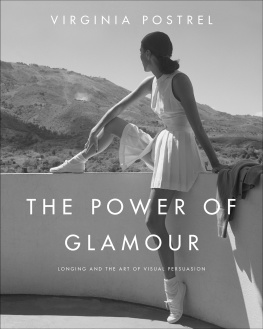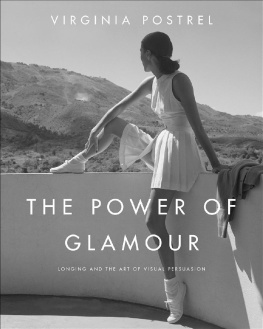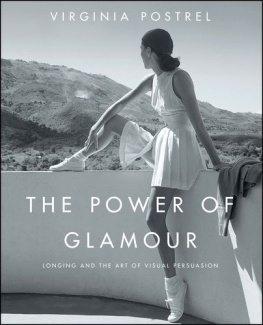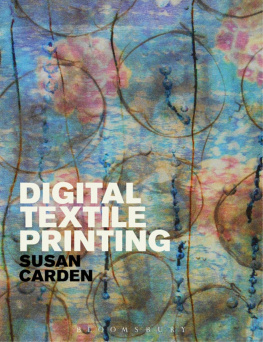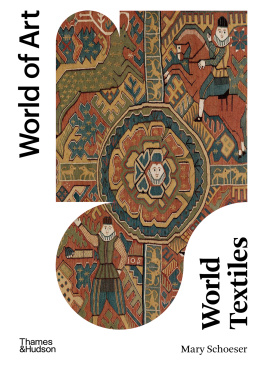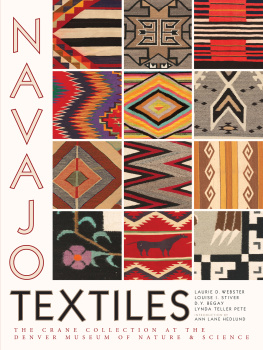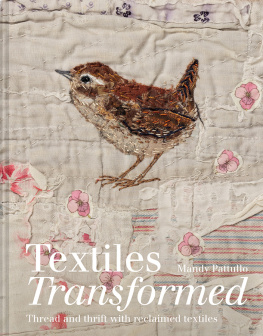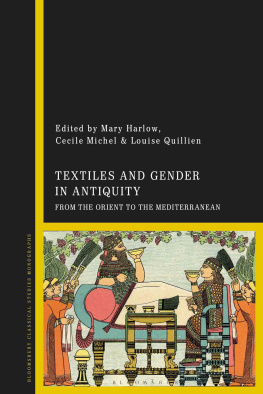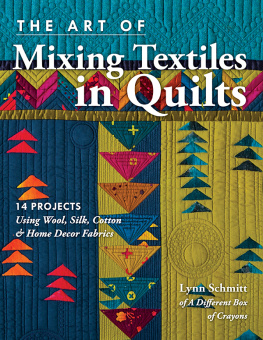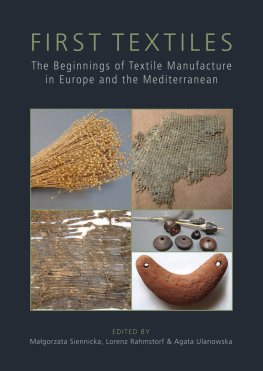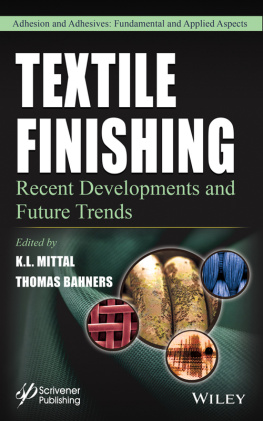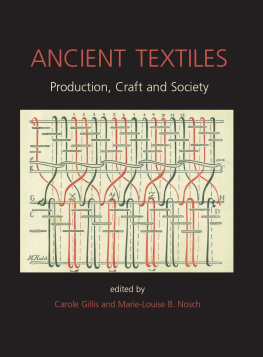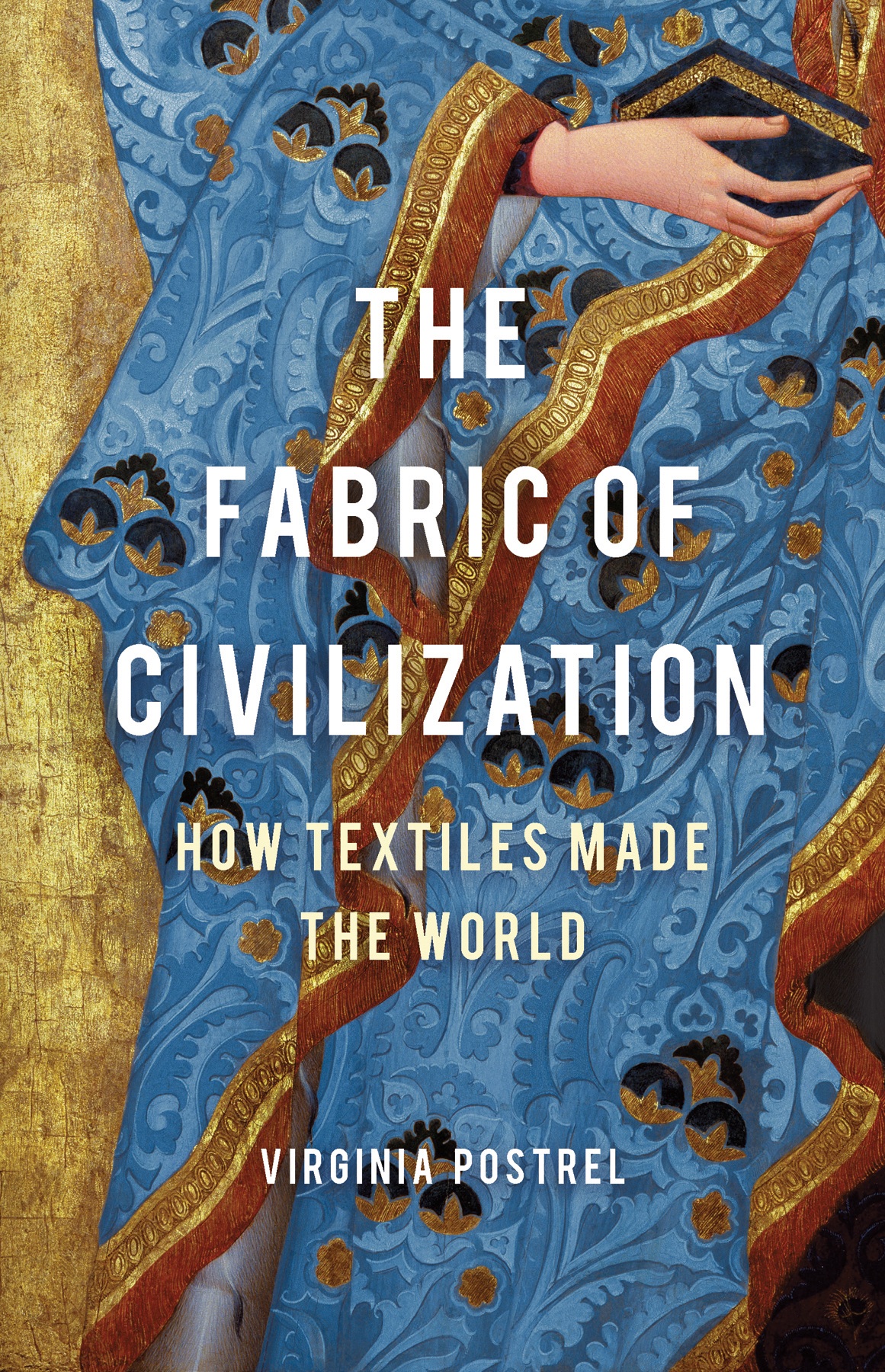
Copyright 2020 by Virginia Postrel
Cover image: The Robert Lee Blaffer Memorial Collection, gift of Sarah Campbell Blaffer / Bridgeman Images
Cover copyright 2020 by Hachette Book Group, Inc.
Hachette Book Group supports the right to free expression and the value of copyright. The purpose of copyright is to encourage writers and artists to produce the creative works that enrich our culture.
The scanning, uploading, and distribution of this book without permission is a theft of the authors intellectual property. If you would like permission to use material from the book (other than for review purposes), please contact permissions@hbgusa.com. Thank you for your support of the authors rights.
Basic Books
Hachette Book Group
1290 Avenue of the Americas, New York, NY 10104
www.basicbooks.com
First Edition: December 2020
Published by Basic Books, an imprint of Perseus Books, LLC, a subsidiary of Hachette Book Group, Inc. The Basic Books name and logo is a trademark of the Hachette Book Group.
The Hachette Speakers Bureau provides a wide range of authors for speaking events. To find out more, go to www.hachettespeakersbureau.com or call (866) 376-6591.
The publisher is not responsible for websites (or their content) that are not owned by the publisher.
Library of Congress Cataloging-in-Publication Data
Names: Postrel, Virginia I., 1960 author.
Title: The fabric of civilization : how textiles made the world / Virginia Postrel.
Description: First edition. | New York : Basic Books, 2020. | Includes bibliographical references and index.
Identifiers: LCCN 2020014544 | ISBN 9781541617605 (hardcover) | ISBN 9781541617612 (ebook)
Subjects: LCSH: Textile industryHistory. | Textile fabricsHistory.
Classification: LCC HD9850.5 .P67 2020 | DDC 338.4/7677009dc23
LC record available at https://lccn.loc.gov/2020014544ISBNs: 978-1-5416-1760-5 (hardcover), 978-1-5416-1761-2 (ebook)
E3-20200925-JV-NF-ORI
Discover Your Next Great Read
Get sneak peeks, book recommendations, and news about your favorite authors.
Tap here to learn more.

Explore book giveaways, sneak peeks, deals, and more.
Tap here to learn more.

The Fabric of Civilization: How Textiles Made the World is one of the most compelling books Ive ever read on the history of textileswitty, well-researched, and full of fascinating things Id never known despite being quite well-read on textile technology. (Did you know that letters of credit from clothiers helped build the early European banking system? Or that aniline dyes were one of the earliest applications of organic chemistry?) If you thought Elizabeth Wayland Barbers Womens Work: The First 20,000 Years was interesting, youll swoon over this book. I loved it.
Tien Chiu, weaver, teacher, and author of Master Your Craft
Postrels brilliant, learned, addictive book tells a story of human ingenuity. Her deep story is of the liberty that permitted progress. Presently the descendants of slaves and serfs and textile workers got closets full of beauty, and fabric for the cold, a Great Enrichment since 1800 of three thousand percent.
Deirdre Nansen McCloskey, author of the Bourgeois Era trilogy
Cleanly written and completely accessible, this book opens up an entirely new world of textiles, explaining the most ancient archeological fabrics and the latest polymer blends that cool the bodynot warm it as textiles have done for thousands of yearswith equal verve.
Valerie Hansen, author of The Year 1000
The Fabric of Civilization is more engaging and informative than any textile science or textile history course that I studied in college. Postrel has distilled thousands of years of the making and manipulation of string (thread) into a comprehensible read whether or not you have knowledge of its invention or the current bio-engineering research. She has woven in personal experiences; interviewed historians, computer programmers, scientists, textile archeologists, and contemporary and indigenous artisans; and gone behind the scenes in textile laboratories and manufacturing plants. After reading this book, I felt like I had wandered the world for centuries using fabric for my currency and wealth. I had won political battles in its name. I had been sickened as well as healed by it. And now I am an inventor synthesizing environmentally healthy fabric by means of chemicals. My appreciation and knowledge of how textiles make the world have been greatly enhanced.
Marilyn Murphy, cofounder ClothRoads and former president of Interweave
Fiber artists of any stripe, prepare for a juicy read through a new book on textile history! Virginia Postrels new book will turn your old ideas about fabric and civilization down unexpected pathways. The Fabric of Civilization is divided into chapters loosely related to individual textile processes, such as spinning, weaving, and dyeing, and the author points out that textiles are the basis of our number systems, our banking, our commerce, and our science. This book is full of stories of individuals who innovated entire systems because of their sensitivity to textile processes. The author actually learned to spin and weave while writing this book, and her explanations and diagrams are spot on. Profusely illustrated with photos and diagrams, and contains a comprehensive bibliography. Highly recommended.
Alice Schlein, weaver and author of Network Drafting and The Woven Pixel
The Fabric of Civilization: How Textiles Made the World chronicles the laborious and cumulative innovations that allow cloth to play an essential role in our comfort, cultural identity, and our dependence on programmable functions. At times, the fabric of society appears threadbare but, based on the global nature of textiles, it is comforting to know that all cultures have a shared experience. Postrel reminds us that we are all woven together with colorful threads.
Susie Taylor, artist
To my parents, Sam and Sue Inman, and to Steven
The most profound technologies are those that disappear. They weave themselves into the fabric of everyday life until they are indistinguishable from it.
Mark Weiser, The Computer for the 21st Century, Scientific American, September 1991
I N 1900, A B RITISH ARCHAEOLOGIST made one of the greatest finds of all time. Arthur Evans, later knighted for his discoveries, unearthed the palace complex at Knossos on Crete. With its intricate architecture and gloriously painted frescoes, the site bore witness to a sophisticated Bronze Age civilization, more ancient than anything found on the Greek mainland. A scientist with a classical education and a poetic streak, Evans named the vanished inhabitants Minoans. In Greek legend, Minos, the first king of Crete, demanded that every nine years the Athenians send seven boys and seven girls to be sacrificed to the Minotaur.
Here, Evans wrote in a newspaper article, Daedalus constructed the Labyrinth, the den of the Minotaur, and fashioned the wingsperhaps the sailswith which he and Icarus took flight over the Aegean. At Knossos, too, the Athenian hero Theseus had unwound a ball of thread as he journeyed through the Labyrinth, killed the ferocious man-bull, and followed the thread back to freedom.


